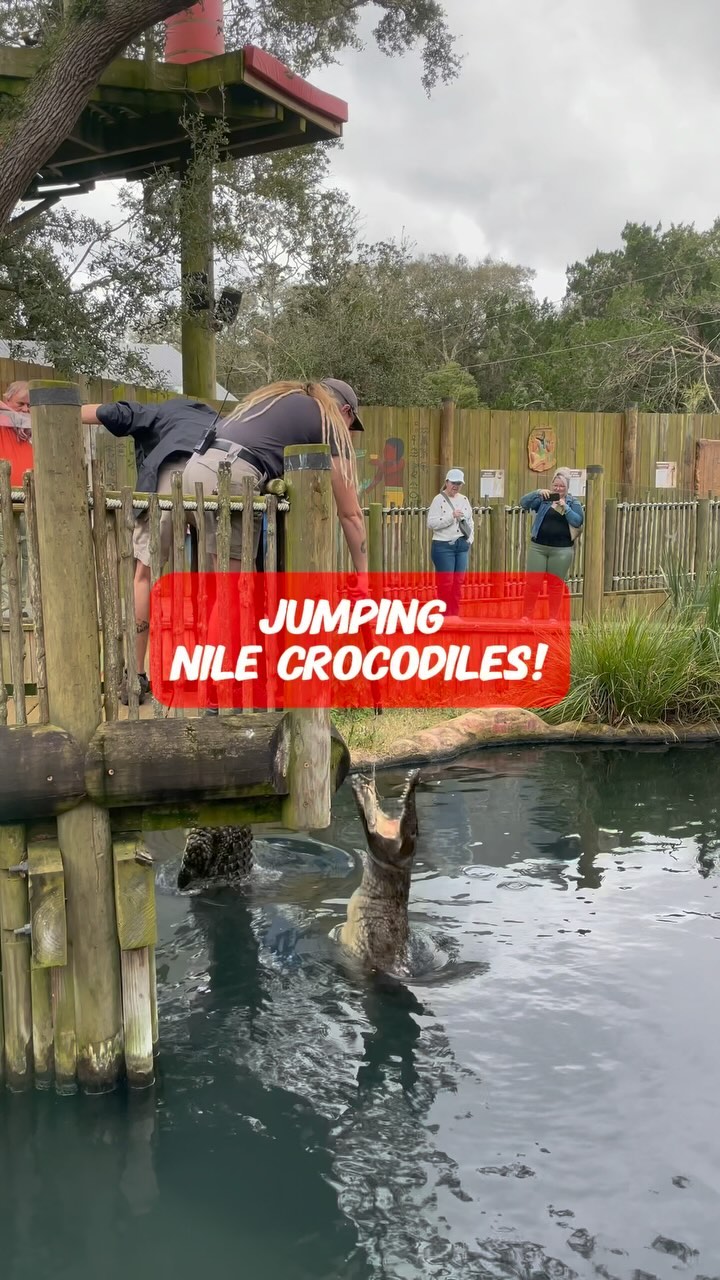- Training Nile crocodiles for feeding and exercise within managed habitats
- Implementing monitoring techniques for health and behavior assessment in crocodiles
- Enhancing the zoo experience with interactive and educational feeding shows
- The role of technology in enriching visitor engagement and education at the zoo
Training Nile crocodiles for specific behaviors, such as going to designated feeding spots and performing naturalistic movements like jumping on platforms, has become integral to modern zoo management. These training programs serve multiple purposes, including providing valuable exercise and mental stimulation for the animals, allowing for close monitoring to swiftly detect any health issues, and enhancing the educational experience for zoo visitors.
Nile crocodiles are formidable predators known for their strength and agility. In their natural environment, they exhibit complex behaviors crucial for survival. Training these creatures in a zoo context is not to domesticate them but to encourage natural behaviors that contribute to their well-being and facilitate safe management practices for caretakers.
Training sessions typically involve targeted feeding strategies using a variety of food items that replicate the animal’s natural diet. By training crocodiles to go to their feeding spots in the Oasis on the Nile habitat, caretakers can efficiently distribute food, minimize competition among individuals, and ensure each crocodile receives adequate nutrition. This is especially important in zoos, where the effects of competition can be magnified due to limited space and resources.
The platform jumping behavior not only presents an exhilarating spectacle for zoo visitors but also serves as an excellent form of physical enrichment for the crocodiles, helping to maintain their muscle tone and joint health. The training process relies on positive reinforcement, rewarding desirable behaviors, and creating a trust-based relationship between the animals and their handlers.
Close monitoring is essential for managing the health of these apex predators. Behavior, appetite, or activity level changes can be early indicators of health issues. Trained behaviors allow caretakers to observe these animals at close range and to conduct visual health checks more efficiently. Regular training also accustoms the crocodiles to human presence, reducing stress during medical examinations or procedures.
Implementing crocodilian feeding shows is a strategic move for zoos to foster visitor engagement and promote education. These shows provide firsthand insight into the behavior and feeding ecology of Nile crocodiles, drawing attention to the importance of their conservation. The zoo also regulates the crowd by conducting feeding shows at set times, ensuring that all guests can witness this aspect of crocodile life.
To further enhance the visitor experience, many zoos have introduced mobile applications that provide schedules for feeding shows and other interactive events. These apps keep zoo-goers informed and engaged, offering a convenient platform to plan their visit and ensuring they don’t miss out on any action. Incorporating technology into zoo education programs demonstrates a commitment to accessible and progressive wildlife interpretation.
Zoos should balance the entertainment aspect of animal training with conservation messaging in delivering a compelling educational narrative. By discussing the habitat needs, threats to wild populations, and conservation status of Nile crocodiles during feeding shows, zoos can inspire a deeper respect for these animals and a commitment to their protection in their natural habitats.
Advanced planning and a thorough understanding of crocodile behavior underpin the success of training programs. Handlers must be highly skilled and attentive to subtle cues from the animals. Moreover, adherence to strict safety protocols is non-negotiable in preventing accidents, considering the powerful and potentially dangerous nature of Nile crocodiles.
Training Nile crocodiles in zoos reflects a broader commitment to animal welfare and conservation education. By combining expert care with public engagement, zoos play a pivotal role in promoting an appreciation for these majestic reptiles and fostering support for their conservation in the wild.
*****
Source Description
Training Nile crocodiles 🐊🐊🐊 We train them to go to their own feeding spots in the Oasis on the Nile habitat and to the platform to jump. This is good exercise and enrichment, as well as allow us to monitor their behaviors, so we can act quickly if they are not feeling well.
We feed these crocodiles once a week, but crocodilian feeding shows can be seen at 12pm and 3pm around the Zoo everyday.
Download the app to check on feeding shows and other exciting events at the Zoo. Available in the Apple App store and Google Play store.
class=”instagram-media” data-instgrm-permalink=”https://www.instagram.com/reel/C7RuRUlOO5-/” data-instgrm-version=”14″ style=” background: border:0; border-radius:3px; box-shadow:0 0 1px 0 rgba(0,0,0,0.5),0 1px 10px 0 rgba(0,0,0,0.15); margin: 1px; max-width:540px; min-width:326px; padding:0; width:99.375%; width:-webkit-calc(100% – 2px); width:calc(100% – 2px);”>


